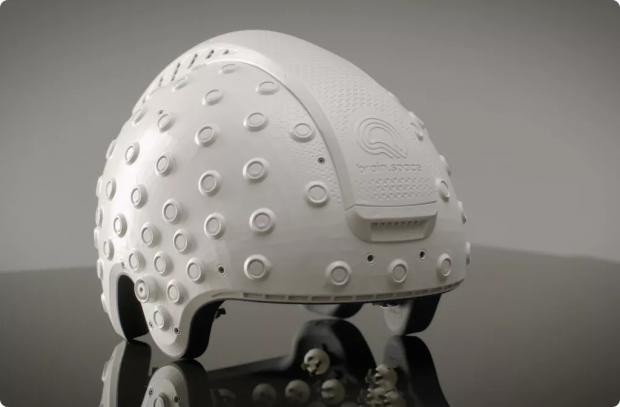
Breaking News
 Catching Up with Candace – Her Meeting with Erika Kirk and Interview with Military Whistleblower
Catching Up with Candace – Her Meeting with Erika Kirk and Interview with Military Whistleblower
 Brown University Shooter Found Dead, May Be Linked to Murdered MIT Professor
Brown University Shooter Found Dead, May Be Linked to Murdered MIT Professor
 The last time a president installed a "shadow Fed chair," inflation hit 12%.
The last time a president installed a "shadow Fed chair," inflation hit 12%.
 FULL SPEECH: Tucker on the America First Movement & New "Deplatforming" Agenda
FULL SPEECH: Tucker on the America First Movement & New "Deplatforming" Agenda
Top Tech News
 This tiny dev board is packed with features for ambitious makers
This tiny dev board is packed with features for ambitious makers
 Scientists Discover Gel to Regrow Tooth Enamel
Scientists Discover Gel to Regrow Tooth Enamel
 Vitamin C and Dandelion Root Killing Cancer Cells -- as Former CDC Director Calls for COVID-19...
Vitamin C and Dandelion Root Killing Cancer Cells -- as Former CDC Director Calls for COVID-19...
 Galactic Brain: US firm plans space-based data centers, power grid to challenge China
Galactic Brain: US firm plans space-based data centers, power grid to challenge China
 A microbial cleanup for glyphosate just earned a patent. Here's why that matters
A microbial cleanup for glyphosate just earned a patent. Here's why that matters
 Japan Breaks Internet Speed Record with 5 Million Times Faster Data Transfer
Japan Breaks Internet Speed Record with 5 Million Times Faster Data Transfer
 Advanced Propulsion Resources Part 1 of 2
Advanced Propulsion Resources Part 1 of 2
 PulsarFusion a forward-thinking UK aerospace company, is pushing the boundaries of space travel...
PulsarFusion a forward-thinking UK aerospace company, is pushing the boundaries of space travel...
 Dinky little laser box throws big-screen entertainment from inches away
Dinky little laser box throws big-screen entertainment from inches away
 'World's first' sodium-ion flashlight shines bright even at -40 ºF
'World's first' sodium-ion flashlight shines bright even at -40 ºF
This Israeli startup's sci-fi 'headset' will map brain changes in space on private Ax-1

If all goes to plan, the brain experiment, which comes from Israel-based startup Brain.Space, will launch aboard a SpaceX Crew Dragon vehicle on April 6 along with the four private astronauts the Ax-1 mission. The crew, whose flight was booked by Axiom Space, will embark on a 10-day excursion which will include eight days of living and working aboard the International Space Station.
The headset and associated hardware will be tested aboard the ISS, Brain.Space said on their website. The experiment will also return to Earth with the Ax-1 crew.
The company says that their examination of the brain will be unique, as, according to them, to-date, "there is currently no high-quality longitudinal data regarding the neural changes in prolonged space missions," their website states.
By obtaining and studying this information, the company aims to gain more insight into how the brain adapts in space, which is an environment full of challenges like radiation, microgravity and isolation. Learning about the "day-to-day plastic changes" of the brain, the company states on its website. The company terms that these adaptations, could help future spaceflyers get more comfortable in orbit.



